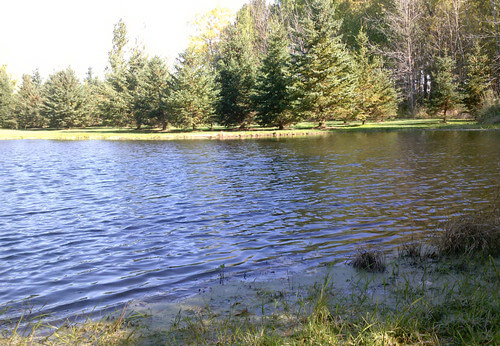Spring Weather Means Aquatic Weeds Are On The Way
Well, it’s that time of the year again where your pond looks great after the long winter die-off. But for many lake and pond owners, that break from the ongoing battle against weeds and algae is just a brief time of relief until the explosion of growth returns. Luckily, there is a solution that works […]




